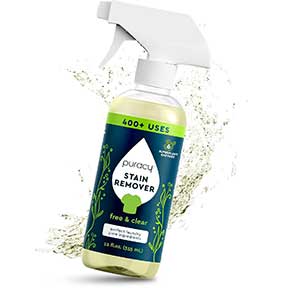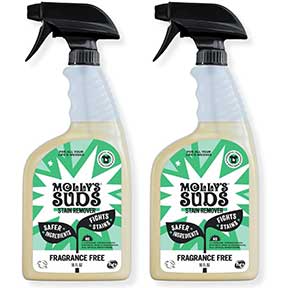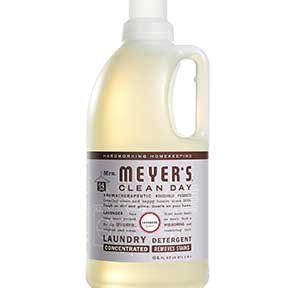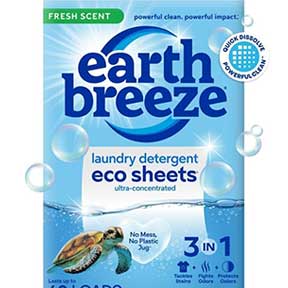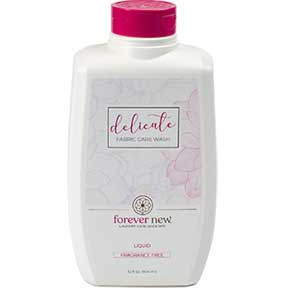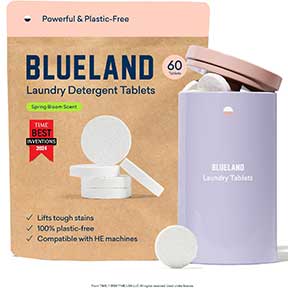How to Remove Stains from Clothing

How to Remove a Variety of Stains from Clothing.
Removing a Variety of Stains from Clothing
Stains are an unavoidable part of life – whether it’s a coffee mishap at work or kids getting into something sticky outside. The good news? Knowing how to remove stains from clothing can save your favorite items. Different stains call for different treatments, and timing is everything: the sooner you act, the better your chances of success.Categories of Stains
Most stains fall into one of these categories:Grease and Oil Stains
Common culprits: salad dressing, gravy, chocolate, lotion, lipstick, makeup, mayonnaise, motor oil.Protein-Based Stains
These include blood, milk, egg, grass, baby formula, meat juices, perspiration, vomit, feces, and urine.Tannin/Organic Stains
Also known as earth-based stains. Examples: coffee, tea, wine, soda, juice, ketchup, mustard, and mud.Essential Stain Removal Tools
You likely already have these at home:- Cold water
- Hydrogen peroxide
- Dish soap (especially Dawn)
- Detergent
- White vinegar
- Hairspray (for ink stains)
- Rubbing alcohol
- Baking soda
- Ammonia (use with caution)
- Shampoo
General Stain Removal Tips
- Act fast. Fresh stains are far easier to remove.
- Blot or tamp – never rub – as rubbing spreads the stain.
- Place a cloth or paper towel under the stained fabric to prevent transfer.
- Air-dry the garment after washing to ensure the stain is gone. Heat from the dryer can permanently set it.
- Know your fabric and the type of stain before choosing a treatment.
Grease and Oil Stains
Steps:- Scrape off any solids with a dull knife.
- Blot the area with a clean, absorbent material.
- Rinse with warm water.
- Mix 2 tablespoons water with 2 tablespoons dish soap (like Dawn). Blot or tamp gently.
- Optional for stubborn stains: Add 1 tablespoon nail polish remover (acetone). Warning: Never use acetone on acetate fabric – it will melt.
Protein-Based Stains
Tip: Avoid hot water – heat can set protein stains. Steps:- Rinse with cold water.
- Mix: 2 tbsp cold water + 1 tsp hydrogen peroxide + 1 tsp enzyme detergent (like Tide) + 1 tsp ammonia.
- Blot gently. Soak overnight if needed and repeat.
Tannin and Organic Stains
Coffee, Tea, Mud
- Rinse with cold water.
- Mix 4 tbsp each of dish soap, white vinegar, and water.
- Tamp or blot until gone.
Juice, Wine, Soda, Syrups
- Blot excess liquid.
- Try one of the following:
- Coffee/tea solution above
- 1/4 cup baking soda + 2 cups cold water
- 1/4 cup mild detergent + 1 quart cold water
- Blot, tamp, repeat if necessary.
Special Stain Cases
Ink
Apply hairspray or rubbing alcohol. Blot gently and rinse.Grease/Butter
Use dish soap or laundry stain remover. Wash as usual.Tree Pitch
Scrape excess pitch. Rub in lard or butter (note: you’ll need to treat the grease stain that results). Follow with dish soap and rinse. Repeat as needed.Wine
Flush with club soda and rinse with hot water only after initial treatment.Rust
Use a commercial product like Whink. Always wear gloves and eye protection.Stain Treatment Fundamentals
Think of stain removal like first aid:- Absorbents: Cornstarch, talcum powder, chalk – used to lift excess material.
- Softeners: Vaseline, glycerin – work while stains are still moist.
- Acids & Alkalis: Vinegar (acid) or baking soda (alkali) help neutralize some stains. Always wear gloves and spot test.
- Solvents: Alcohol, acetone, turpentine, kerosene. Read labels – some are flammable and toxic.
- Bleaches: Use chlorine bleach, hydrogen peroxide, or oxygen bleach carefully and only on bleach-safe fabrics.
- Detergents/Soaps: For everyday stain removal – always check the label first.
Before You Begin
Ask yourself:- What is the fabric type?
- Is the garment washable?
- What caused the stain?
- Is the color dark or light?
- Is the fabric surface smooth or textured?
The Stain Removal Process (Step-by-Step)
- Blot excess stain with absorbent cloth.
- Place the fabric face down on paper towels.
- Apply stain remover.
- Gently rub with your fingertips.
- Rinse, blot, and inspect.
- Treat all stains like emergencies.
- Know both your fabric and your stain.
- Avoid the dryer until you’re sure the stain is gone.
Clothing and Laundry
